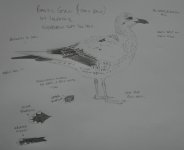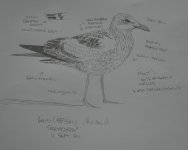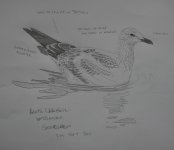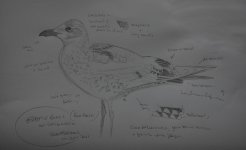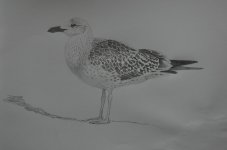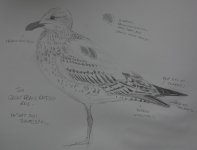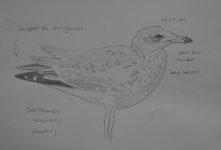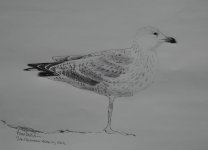John Richard
Well-known member
Hi Alan, I have been enjoying your drawings, last night I went through the whole thread and it was time well spent. Your drawings are wonderful, as good as I have ever seen. I love how the eyes that you draw look wet and then the expressive way the rest of the bird is finished. It has started me to think about how I apply paint and how interesting it would be to blend two different ways of painting into one work. Thank you for sharing your art, I'll be looking forward to your new posts. JR





